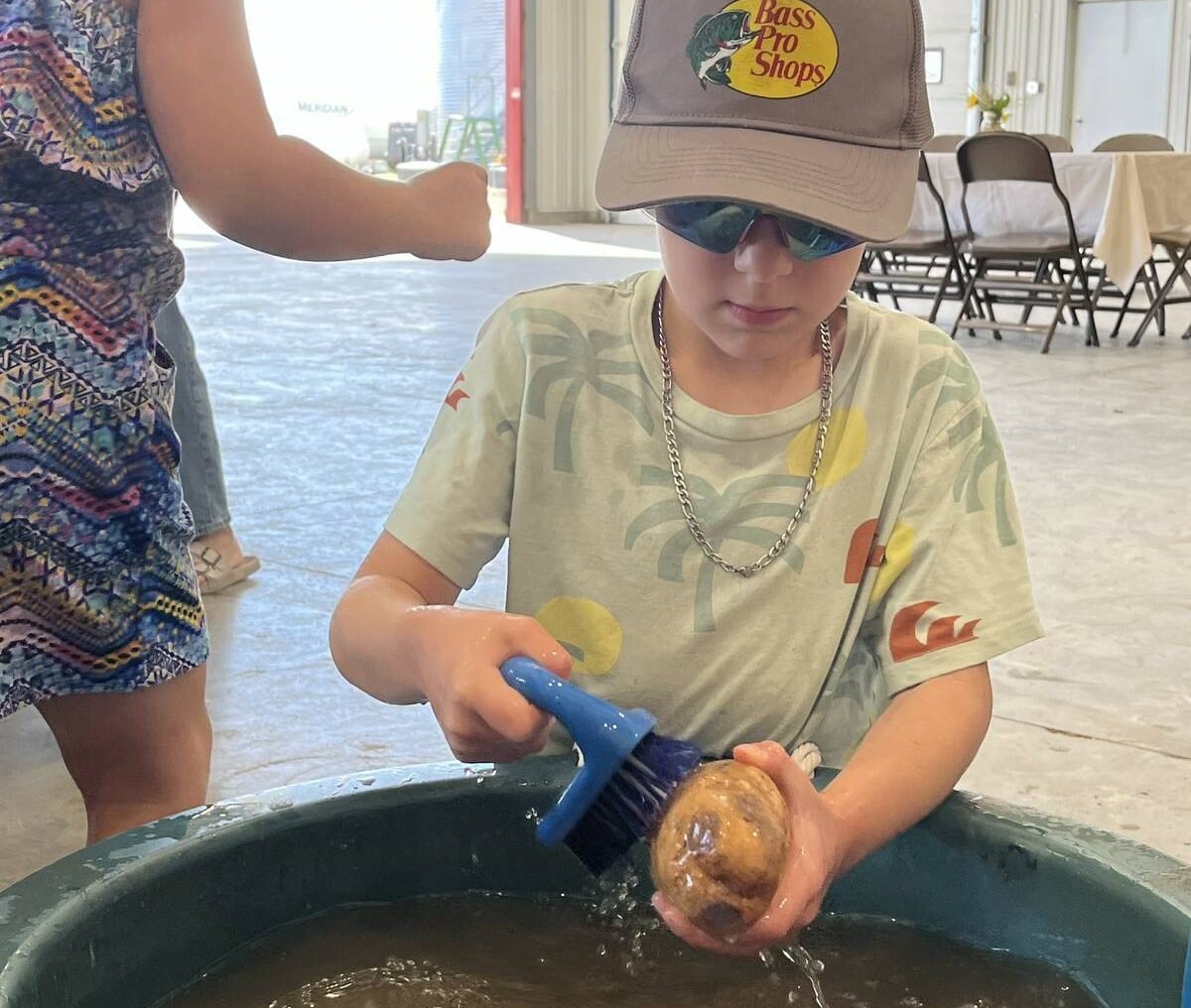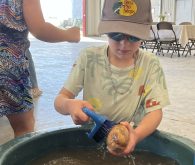Drought has played havoc with spice research trials the past couple of
years, but the work has still produced valuable information for growers.
An estimated15,000 acres of coriander and 22,000 acres of caraway were
planted in Saskatchewan this year. Figures for dill, fenugreek and
anise are not available.
The Spice Breeding and Agronomic Research project focused on coriander,
dill, fenugreek, anise, and annual and biennial caraway.
Although the latter three were dropped from the program due to a dry
Read Also

Agri-business and farms front and centre for Alberta’s Open Farm Days
Open Farm Days continues to enjoy success in its 14th year running, as Alberta farms and agri-businesses were showcased to increase awareness on how food gets to the dinner plate.
spring in 1999, the final report includes important findings on all of
them.
“For example, results from four years of research on dormant planting
of coriander, annual caraway, anise, dill and ajowan indicate that
dormant planting of coriander has a high probability of success and
that this practice should be widely promoted in Saskatchewan Ð provided
spring moisture is reasonable,” said Al Slinkard, professor emeritus
with the Crop Development Centre at the University of Saskatchewan.
He said the results from the dormant seeding of dill suggest it likely
would be successful in most years if the seeding rate was doubled or
tripled.
Results from the dormant seeding of annual caraway and anise were not
favourable, and Slinkard said this practice, which involves late-fall
planting, cannot be recommended for these two species.
Early April seeding appears successful for anise and biennial caraway.
Some findings occurred by accident. For example, it was found that
ajowan, a late-maturing, East Indian spice that grows well in
Saskatchewan, should not be direct combined because it doesn’t dry down
without swathing.
Advanced selections of two dill species were yield-tested in 2001 and
breeder seed of an improved variety was grown in a plot this year. It
was to no avail, however, because of dry conditions.
Luckily, Slinkard said, he had reserved seed for next year.
Although advanced selections of small-seeded and medium-seeded
coriander, CDC Minor and CDC Major, have been released already,
research continues in an effort to produce a new variety high in
essential oil.
This summer’s dry conditions also played havoc with these tests.
It was the same with anise, 50 plant rows of which were selected to be
grown in mini-plots and evaluated for essential oil concentrations in
2002.
Results of a seed-priming experiment with anise indicated this practice
improved seed quality.
The seeds were primed by placing them in aerated water at room
temperature for 24 to 36 hours, and then drying them down to ambient
seed moisture levels before seeding.
Slinkard said these seeds produced a denser stand and more uniform
maturity across the field, which resulted in higher quality seed.














